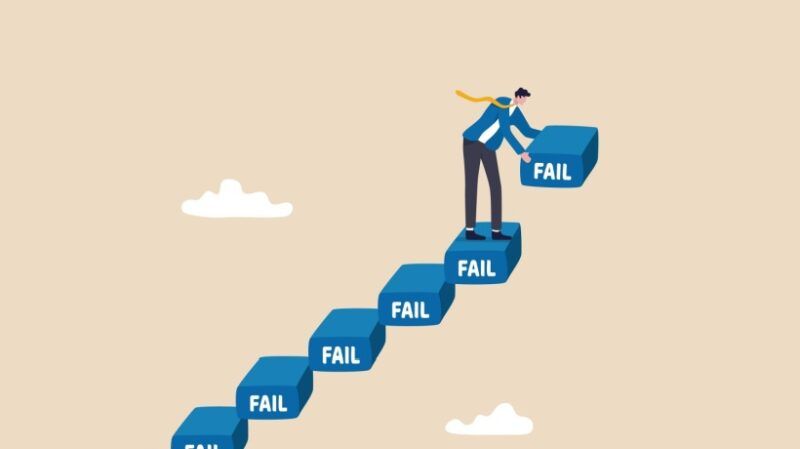
The True Path to Successful Learning
Imagine you want to bake the perfect cake for your best friend’s upcoming birthday. You’ve never baked a cake before, but you find a seemingly simple recipe online with a step-by-step video. You buy all the ingredients you need and get started with enthusiasm. What could possibly go wrong? Yet, despite your enthusiasm, you suspect that something won’t turn out quite right (especially since you’re not a professional pastry chef). This scenario highlights the challenges and uncertainties inherent in the learning process, even when instructions are readily available.
What does it take to truly master the process of baking a cake? You’ll probably have to try it and see what happens. It’s very likely that your first attempt will produce a pretty poor result. But from this failure, you can learn how to improve your baking skills for the next time. You might realize that you need to be more precise in measuring ingredients or bake the layers a little longer. This iterative process of trial and error is essential for learning and improving.
The path to learning involves multiple attempts
Learning is a journey to that beautiful moment when you realize, “Aha, I finally got it! Now it’s going to work!” It involves multiple attempts, failures, adjustments, and reflections. Yet, many online courses fail and lose students halfway through, despite the fact that the learning process is understood in educational settings. This disconnect often occurs because we, as educators, try to rush the process from point A to point B, overlooking the importance of the experiences and practices that lead to meaningful learning moments. We often treat learning as a one-time event rather than an ongoing process. I like to remind myself of the saying, “There is no royal road to learning.” The process of acquiring knowledge and skills cannot be simplified or shortened. Learning is inherently challenging; acquiring and retaining expertise and knowledge requires dedication, effort, space, and time for practice.
This concept isn’t limited to baking. Think about learning a new language, a process that can be just as daunting. You might start out excited, diving into vocabulary lists and grammar exercises. But as you try to speak, you realize how difficult it is to form sentences or understand native speakers. The initial excitement can wear off as you struggle with pronunciation or complex grammar rules. But like baking, learning a language is a process of trial and error. You might mispronounce words, use incorrect grammar, or misunderstand conversations, but each mistake is a step closer to fluency. Over time, with consistent practice and exposure, you’ll begin to understand the nuances of the language, gain confidence in speaking, and eventually reach a level of proficiency that allows you to communicate effectively.
Recommendations: Create learning experiences that follow the true path to learning
Too often, we immerse our students in hour-long webinars or short instructional videos, bombarding them with information, and then expecting them to master it after a simple multiple choice test. This approach ignores the reality that learning does not happen instantly or through a single exposure to content. Learning happens through repeated trials, motivated effort, and the patience to work through the process over time. It is the result of a well-organized ecosystem of experiences and activities that gradually build understanding and competence. For learning professionals, this means recognizing that there is no quick way to learn. The learning process must be designed as a continuous journey rather than a quick fix. Here are a few recommendations for creating more effective learning experiences:
Emphasize active learning
Incorporate activities that require students to apply their knowledge in practical ways. Encourage experiments, problem solving, and hands-on tasks that mimic real-world scenarios.
Encourage reflection
Provide opportunities for students to reflect on their experiences, understand their mistakes, and think about how they can improve. Reflection is a crucial part of the learning process.
Allow for iteration
Understand that mastery takes time and multiple attempts. Provide opportunities for students to review and retry activities and assessments so they can learn from their mistakes and refine their skills.
Conclusion
Accepting that “there is no royal road to learning” is crucial for anyone working in education. Great teachers understand that true learning requires sustained effort and embrace the individuality of each student’s journey. By recognizing that learning is a gradual and iterative process, teachers can create more effective and engaging educational experiences. Despite the desires of our students, there is no quick way. Learning is an ongoing process that requires thoughtful design, motivation, and a supportive environment. Embrace the complexity of learning and guide your students to lasting understanding and success.
